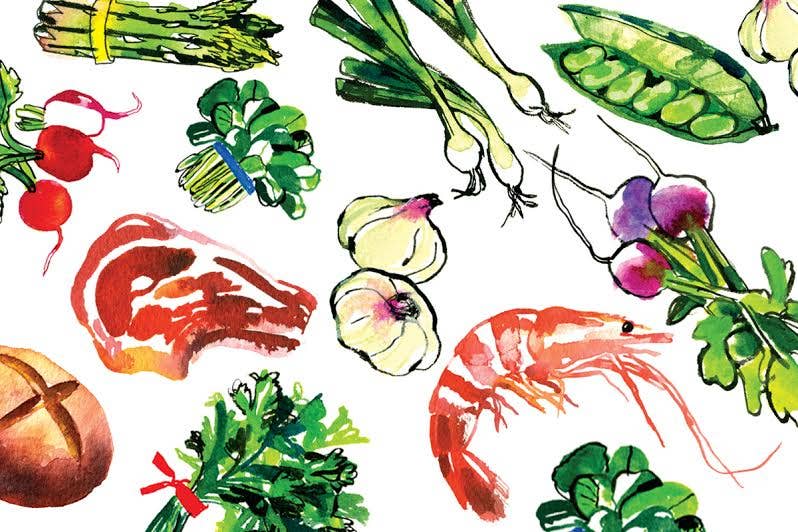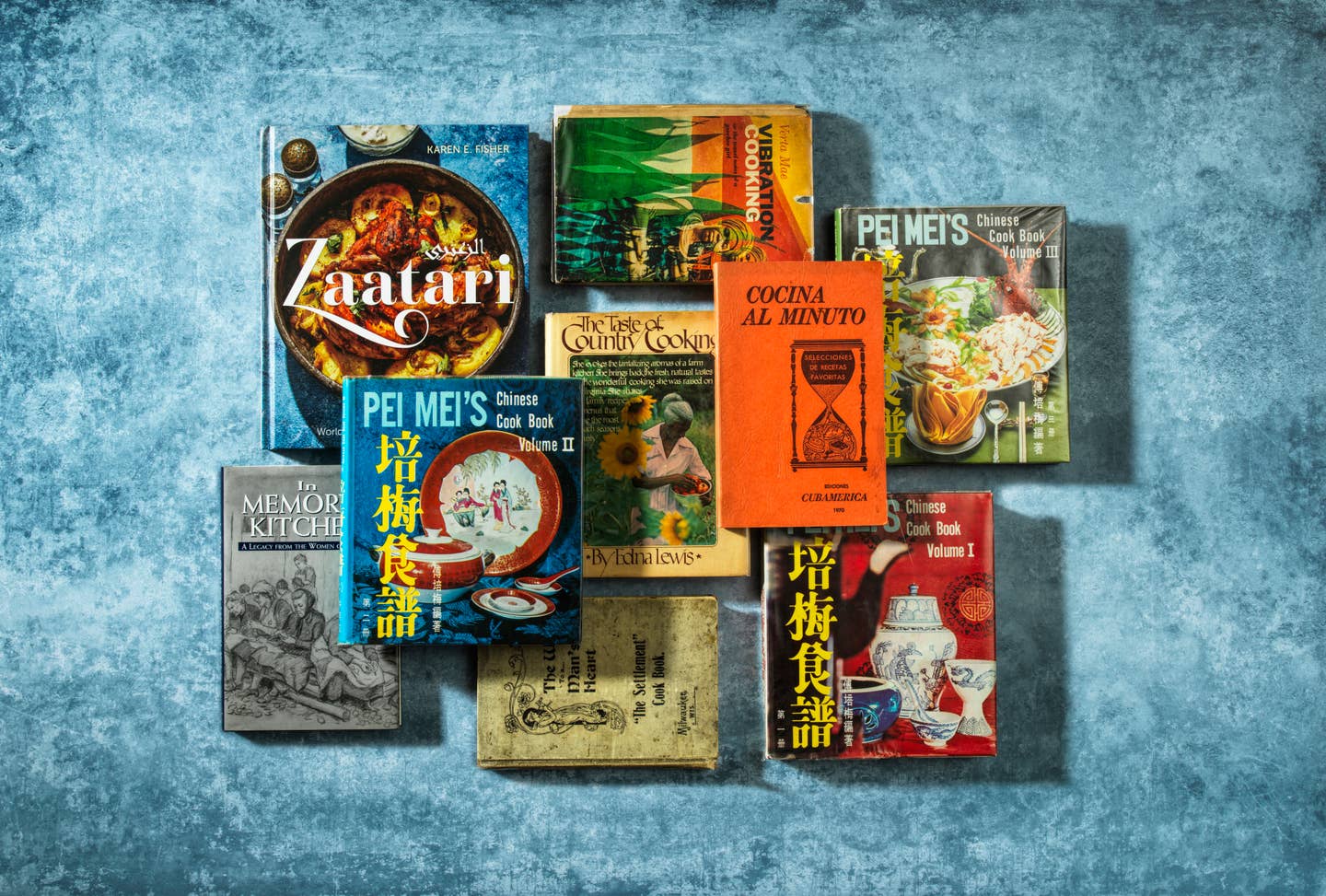
I discovered annatto while visiting a friend in Miami. One evening, she served a family-style Cuban dinner, with arroz con pollo as the centerpiece. Plain chicken and rice can look downright wishy-washy, but this was positively festive: Glistening strips of roasted red, green, and orange peppers bordered the huge platter, surrounding a heap of daffodil-yellow rice topped with pieces of golden-brown chicken. It was dazzling—and delicious.
Throughout the weekend, I couldn't help noticing the rich palette of my friend's dishes. Topaz broth underscored a simple chicken soup. Coffee cakes were rich blond in color, even though they contained few egg yolks. Noodles with cheese looked absolutely voluptuous. What was my friend's secret? A generous hand, she finally confessed, with oil and butter enriched in both color and flavor by annatto seeds.
If the color of annatto is vivid, though, its flavor is not. The fresher the seeds, the stronger they taste, but in most instances, annatto's presence in a dish is barely discernible if you close your eyes. When the flavor can be detected, it's pleasantly earthy and musky, with a faint resemblance to paprika.
Annatto—achiote in Spanish—is the tiny, brick-colored seed of the tropical tree of the same name (officially Bixa orellana), grown in Central and South America. Though the Aztecs cultivated the annatto tree for its red-and-pink blossoms, which are also edible, they used the seeds primarily as a coloring and dyeing agent. In colonial times, it replaced saffron in the recipes of European settlers, since saffron had to be imported and was thus scarce. Today, it has become essential to the cooking of many Caribbean islands and to the cuisines of Latin America.
In the U.S., ironically, annatto is all but unknown in the home kitchen, but is widely used in commercial food production. It's a standard ingredient, for instance, in processed macaroni and cheese, potatoes au gratin, and the like, and gives color to some varieties of crackers. Butter manufacturers add it seasonally for consistency of hue—since the shade of butter varies according to what the cows eat, and is naturally paler in winter than in summer. But the form in which we most frequently, and unknowingly, both see and consume annatto is cheese. The English discovered, in the 18th century, that annatto lends a warm golden glow to cheese—and some English cheddars, as well as such cheeses as cheshire, double gloucester, and leicester, owe their blush to annatto today. In this country, annatto is used to dye our own version of cheddar in a range of colors, from creamy yellow to pumpkin orange.
Annatto seeds are extremely hard, and are often ground into a powder and combined with other spices to make a paste used as a marinade and in sauces. Many cookbooks suggest pulverizing the seeds in a high-speed spice grinder or crushing them—which takes considerable muscle—with a mortar and pestle. In fact, there's no need to do either. The color in annatto seeds is fat soluble, and the easiest way to change them into usable form is simply to heat the seeds in olive oil or butter until the fat turns reddish gold. This can then be substituted for a portion of the oil or butter called for in almost any recipe.
Annatto is available in spice shops and in Caribbean and Latino markets. A three-ounce jar of seeds is inexpensive, and will keep indefinitely. Don't be tempted to buy achiote paste, which often includes other herbs and spices that limit its usefulness and give it an annoying gritty texture. And your cardiologist would be much happier if you walked right past those jars of annatto-colored lard.
One word of warning about annatto oil or paste: It will color your clothes and your carpets as unforgettably as it will your food, so be careful not to spill it. Don't ask me how I know.
Keep Reading
Continue to Next Story










